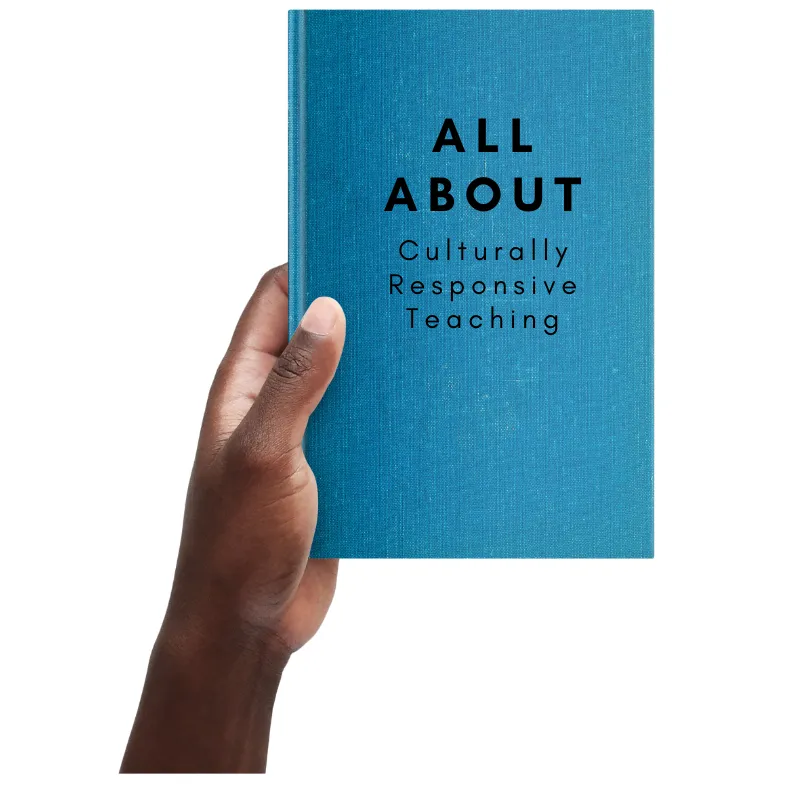
In education, one approach stands out for its transformative impact on students’ lives – Culturally Responsive Teaching (CRT). This dynamic pedagogy acknowledges and embraces the diverse cultures, languages, and experiences of students, making the classroom a melting pot of knowledge and understanding. We strongly believe in fostering an inclusive and nurturing learning environment where every student feels valued, represented, and empowered. Here’s some info on the essence of Culturally Responsive Teaching and its potential to bridge gaps and create a harmonious educational journey. Understanding Culturally Responsive Teaching: Culturally Responsive Teaching goes beyond traditional instructional methods. It is a philosophy that embraces students’ cultural identities and backgrounds and seamlessly integrates them into the learning process. Our platform actively recognizes the rich tapestry of cultural backgrounds present in our learners, and we embrace the roles as facilitators of meaningful and relatable lessons. This creates a powerful connection between students and the content they engage with. An Intentional Effort for a More Inclusive Classroom: Implementing Culturally Responsive Teaching is not a simple task; it requires a high level of cultural competence and a genuine interest in learning about students’ backgrounds and experiences. However, the rewards are immense. CRT has the potential to close achievement gaps between students from different cultural backgrounds, addressing inequities within the classroom. Moreover, it strengthens the bond between teachers and students. To help educators create an inclusive and enriching learning space, we’ve compiled 4 practical strategies that seamlessly integrate Culturally Responsive Teaching into the classrooms: 1️⃣ Get to Know Your Students: At the beginning of the academic year, engage with students through questionnaires, surveys, and open discussions to understand their interests and learning styles. 2️⃣ Integrate Relevant Word Problems: Make subjects like math more relatable by using culturally-relevant word problems that resonate with students’ experiences. 3️⃣ Present Concepts Using Student Vocabulary: Grab students’ attention by employing their vocabulary to introduce new concepts before transitioning to academic language. 4️⃣ Bring in Guest Speakers: Invite diverse guest speakers to share their experiences, fostering an inclusive and engaging learning atmosphere. For the complete list of strategies and examples, feel free to explore this resource here. We encourage educators worldwide to embrace the power of Culturally Responsive Teaching and create classrooms where every student’s voice is heard, appreciated, and celebrated.

